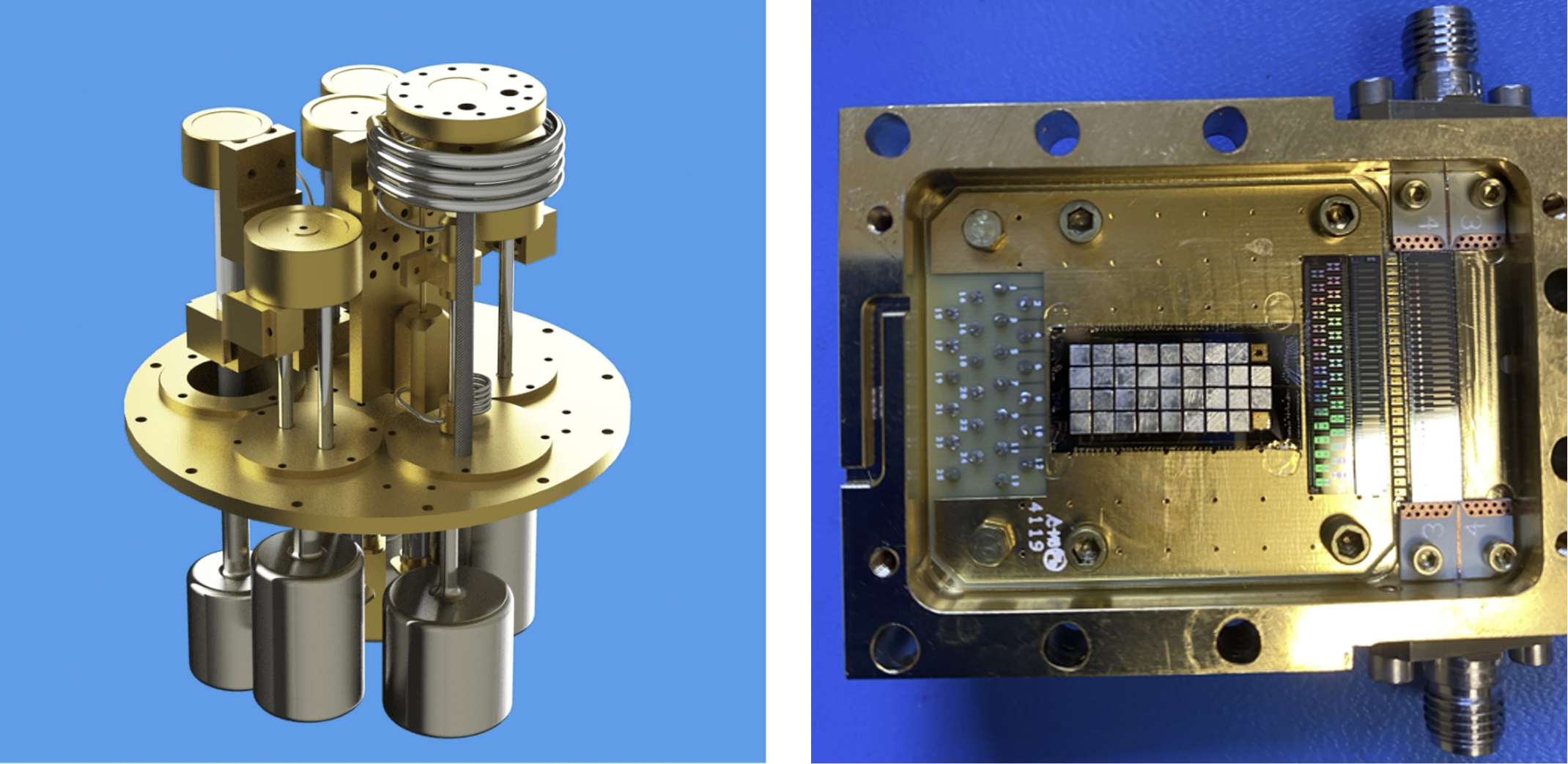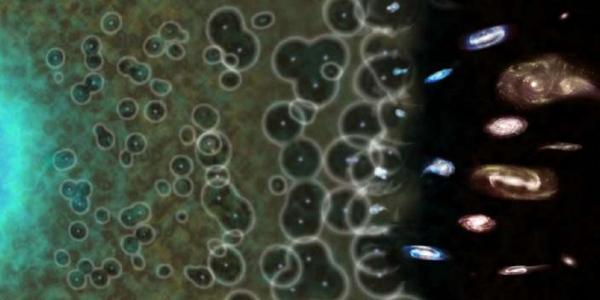The Astrophysics Research and Analysis (APRA) program selected a proposal from Henric Krawczynski and Johanna Nagy for funding through NASA.

The proposal, "Test of a Novel Mini-Dilution Refrigerator and a SLEDGEHAMMER X-ray Microcalorimeter Array on a Conventional Balloon Flight," will allow the Washington University researchers to test two new technologies for future microwave and X-ray astrophysics space missions on a one-day stratospheric balloon flight from Fort Sumner (New Mexico). The payload will include a mini-Dilution Refrigerator (mini-DR) that will cool the detectors to a temperature of 100 mK. The flight will include an array of X-ray/gamma-ray detectors developed at the Quantum Sensor Group of the National Institute of Standards and Technology (NIST). The equipment will first be characterized and optimized in the Washington University and NIST labs before mounting them on a balloon gondola for a flight at 125,000 feet altitude. The goal of the program is to raise the technology readiness levels of both technologies to enable their use in future balloon and space missions. The missions enabled by this technology include studies of the echo of the big bang (Cosmic Microwave Background radiation), the last phase transition of the Universe (the era of re-ionization), studies of the explosion mechanisms of stars (Super Novae), and the characterization of 511 keV gamma-rays from the center of the Milky Way galaxy. The 511 keV gamma-rays might be generated by the annihilation of dark matter particles, the mysterious substance that makes up most of the matter in the Universe. The Washington University group will be collaborating with NIST and the University of New Hampshire on this research. A seed funding grant from the McDonnell Center for the Space Sciences allowed the researcher to purchase the mini-DR, and to obtain the NASA research grant.
In the header, reionization as illustrated by data from the Hubble and Chandra space telescopes. Credit: NASA/CXC/M. Weiss





